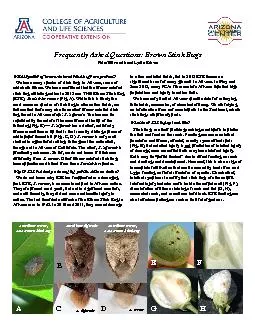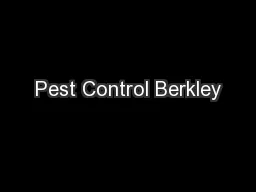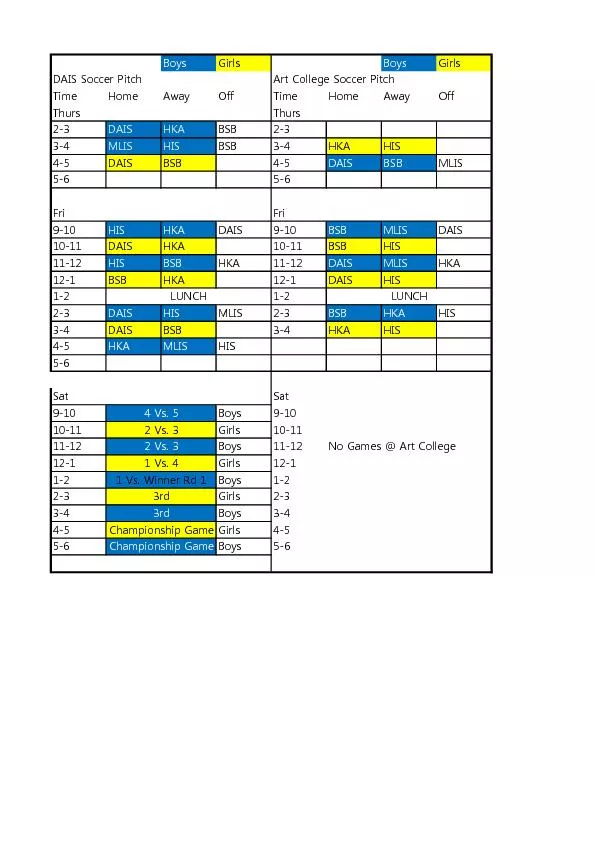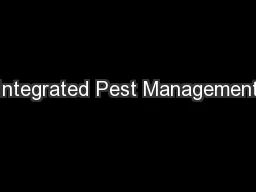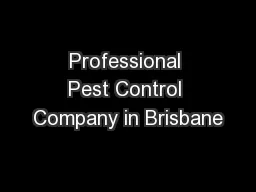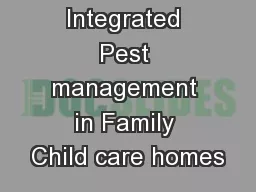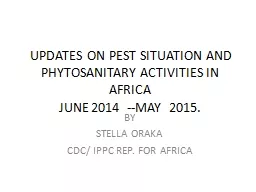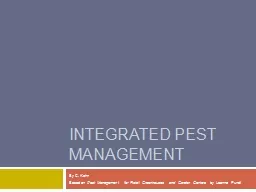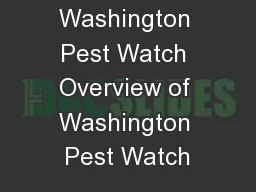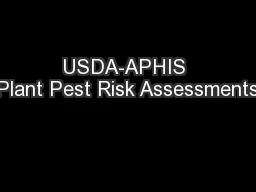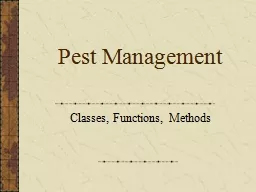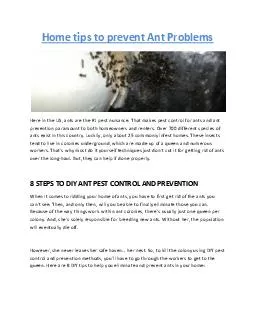PDF-We do not know why BSB has reappeared as a damaging pest. BSB, E. serv
Author : olivia-moreira | Published Date : 2015-11-02
How do I sample accurately for BSB The only way to accurately survey for BSB is to break open bolls and examine for internal injury Pull a random sample of at least
Presentation Embed Code
Download Presentation
Download Presentation The PPT/PDF document "We do not know why BSB has reappeared as..." is the property of its rightful owner. Permission is granted to download and print the materials on this website for personal, non-commercial use only, and to display it on your personal computer provided you do not modify the materials and that you retain all copyright notices contained in the materials. By downloading content from our website, you accept the terms of this agreement.
We do not know why BSB has reappeared as a damaging pest. BSB, E. serv: Transcript
Download Rules Of Document
"We do not know why BSB has reappeared as a damaging pest. BSB, E. serv"The content belongs to its owner. You may download and print it for personal use, without modification, and keep all copyright notices. By downloading, you agree to these terms.
Related Documents

